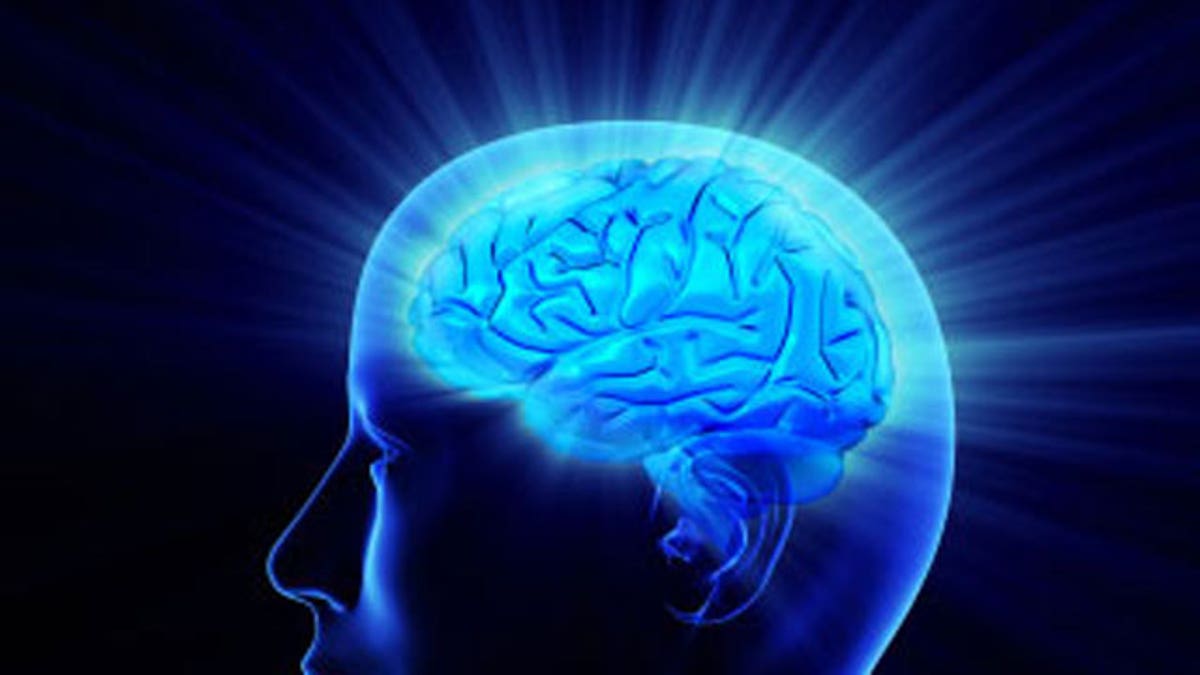
We know the feeling: After backpacking up the mountain and setting up the tents, we slip into sleep, never mind the lumpy ground. Ancient wiring in our brainstem—the region that connects the upper cerebral structures to the lower spinal cord—switches its activity, dialing down the arousal system that makes us alert and attentive when we are up, and releasing neurochemicals that usher in the soothing loss of conscious awareness.
To most of us, sleep resembles coma. But the sleeper will wake to shaking or the sound of an alarm, while the coma patient is completely unresponsive, save for some automatic reflexes, such as a knee-jerk reflex. Unlike sleep, coma is a disorder of consciousness, resulting from severe brain damage caused by head injury, stroke or oxygen deprivation.
Many patients eventually exhibit some recovery from coma. But a patient may improve only to remain indefinitely in a vegetative state, still unresponsive even though the eyes are sometimes open—or in a minimally conscious state, occasionally responding to simple verbal commands. Until recently, neurologists could do little more than tell patients’ families to wait and hope. However, technical innovations for helping select patients may change all that.
A head injury damages the circuitry of the arousal system. Hemorrhages—that is, bleeding—are a major culprit. The pressure of blood in a closed skull can crush the delicate nerve fibers. Normally, to wake us up, the brainstem boots up the central thalamus. In some patients with minimal consciousness, disrupted wiring means the brainstem’s “wake up” signals cannot reach the central thalamus, and thus it stays quiescent. The patient’s brain is stuck in unconsciousness. Some neurologists, such as Nicholas Schiff at Weill Cornell Medical College in New York, have hoped to compensate for the missing signals by directly stimulating the central thalamus. Research with animal models has suggested this could work in humans to restore consciousness.
Proof of this concept came with a 36-year-old man who had survived an assault. Eventually he shifted from coma to a minimally conscious state, where he remained unchanged for six years. As part of a feasibility study approved by the U.S. Food and Drug Administration, the patient was selected in 2007 for deep brain stimulation. Surgeons implanted a pulse generator into his central thalamus to re-establish normal sleep-wake activity. The current alternated 30 days “on” and 30 “off” for six months.
The patient regained voluntary movements of one limb. He also was able to chew, swallow and speak again, conveying cognitive and perceptual responses. Because the overwhelming majority of patients who are in vegetative state for a month or more never progress at all, his recovery of significant capacity was a breakthrough. Moreover, he maintained his gains until his death six years later. But scientists failed at two other human cases of deep brain stimulation.
Dr. Schiff and colleagues explain in a 2014 Nature Reviews Neurology paper that if the thalamus itself shows damage, deep brain stimulation can’t be expected to help. Hal Blumenfeld’s lab at Yale School of Medicine, collaborating with Dr. Schiff, studies animal models to calibrate what stimulation protocol best works to shift the brain into responsiveness. Their refinements can be very effective, with stimulated animals getting up and resuming normal exploratory behavior.
